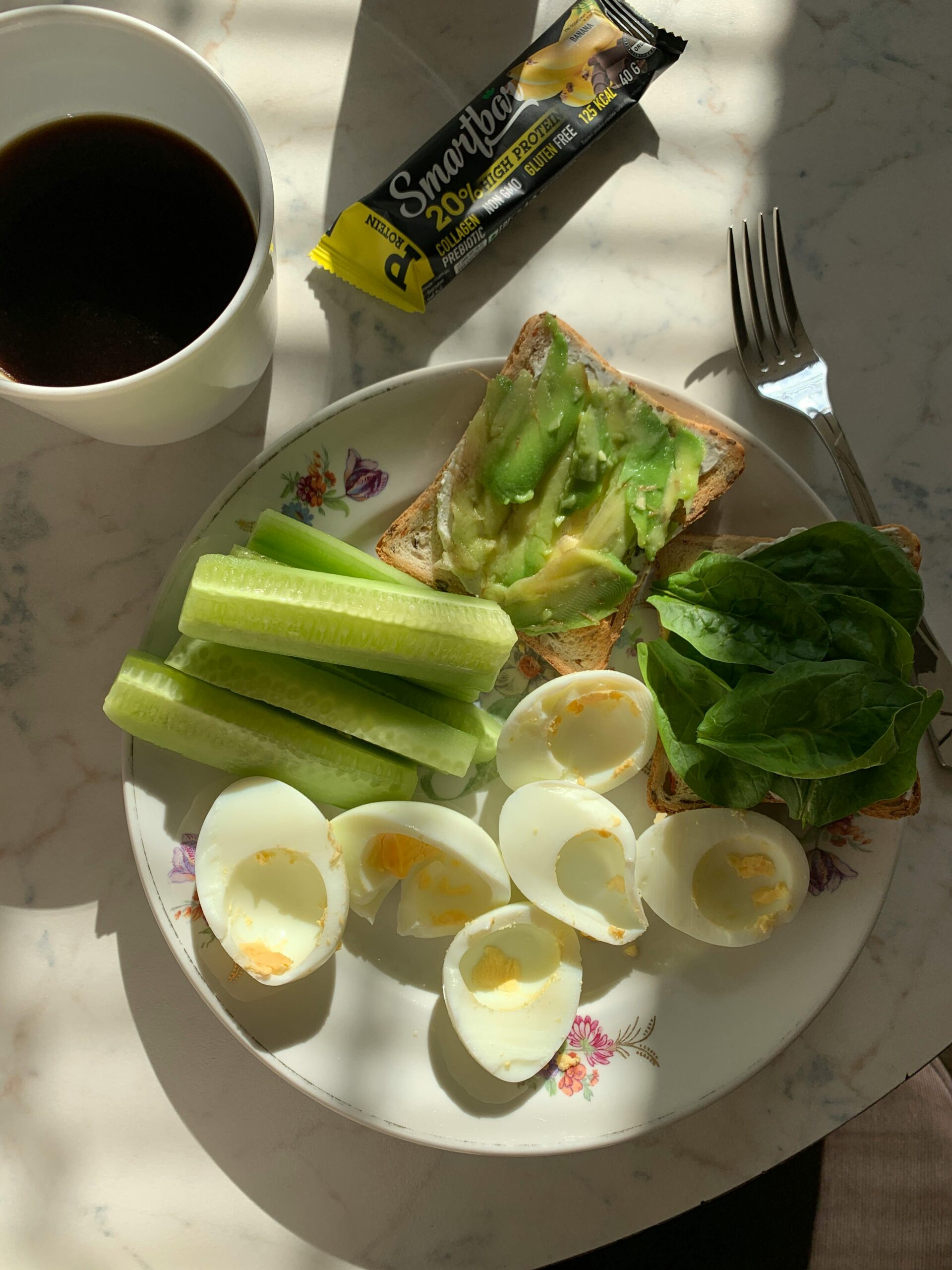Are you being tricked by your protein bar?
You reach for it after a workout, during a meeting, or when you’re on the go—it’s quick, convenient, and marketed as healthy. But what if that shiny, foil-wrapped bar is just a candy bar in disguise?
Welcome to the world of protein bar deception, where words like “low-carb,” “keto-friendly,” and “all-natural” hide a not-so-sweet truth. Let’s rip the wrapper off the reality.
🍫 The Rise of the Protein Bar Craze
Over the last decade, protein bars have exploded in popularity. Once reserved for bodybuilders and endurance athletes, they’re now a staple in office drawers, gym bags, and even school lunchboxes.
Why the love?
- High-protein marketing hype
- Promises of energy, fat-burning, and meal-replacement power
- Glossy health claims backed by big brands
But many of these bars are ultra-processed, sugar-laden, and far from the clean fuel they claim to be.
💬 “I switched to protein bars to cut sugar and snack smarter. Then I checked the label—18 grams of sugar and a bunch of words I couldn’t pronounce!” – Emily, 34
🕵️♂️ What’s Really Inside Your “Healthy” Snack?
Let’s break down what you might actually be chewing:
🚨 Common Red Flags:
- High Sugar or Sugar Alcohols
- Many bars contain as much sugar as a Snickers (over 20g!)
- Sugar alcohols like erythritol or maltitol may cause bloating or gas
- Ultra-Processed Ingredients
- Soy protein isolate, artificial flavors, emulsifiers, and palm oil
- Long ingredient lists = low nutrient density
- Hidden Calories
- Some bars sneak in 300+ calories, which is fine for a post-marathon snack—not so much for your afternoon Zoom call
- Fake Fiber
- “Added fiber” from synthetic sources may not give the same gut benefits as fiber from real food
🧪 Real-World Protein Bar Breakdown
Let’s compare a popular protein bar to a candy bar:
| Bar | Sugar | Protein | Calories | Key Ingredients |
|---|---|---|---|---|
| Quest Bar (Chocolate Chip) | 1g sugar, 6g sugar alcohols | 21g | 200 | Soluble corn fiber, whey protein, erythritol |
| Snickers Bar | 20g | 4g | 250 | Sugar, peanuts, milk chocolate |
😬 In some cases, the difference is marginal—and the “healthier” bar can upset your stomach more.
✅ How to Pick a Truly Healthy Protein Bar
Don’t toss protein bars altogether—just choose wisely.
✔️ Look for Bars That:
- Contain <8g sugar
- Use whole food ingredients (like oats, dates, nuts)
- Have 10–20g protein (from whey, pea, or egg white protein)
- Are low in sugar alcohols and additives
- Have fewer than 10 ingredients (ideally)
🥜 Pro tip: If you can make a version of it at home with the same ingredients, it’s probably a solid pick.
🥑 Better Alternatives to Processed Protein Bars
Craving something convenient but clean? Try these instead:
- Hard-boiled eggs & a banana
- Greek yogurt with berries
- Nut butter on whole grain toast
- DIY energy bites (dates, oats, peanut butter, chia seeds)
- Trail mix (nuts, seeds, a few dark chocolate chips)
🌿 Real food = real energy. And it doesn’t come wrapped in neon foil.
🧠 Final Thoughts: Don’t Be Fooled by the Wrapper
Protein bars can be a helpful tool—but only if you’re reading past the front label. Marketing terms like “natural,” “high protein,” or “keto-friendly” don’t always tell the whole story.
Before you snack, flip the bar over and look at the label. Or better yet, reach for real food that fuels you without the fluff.



